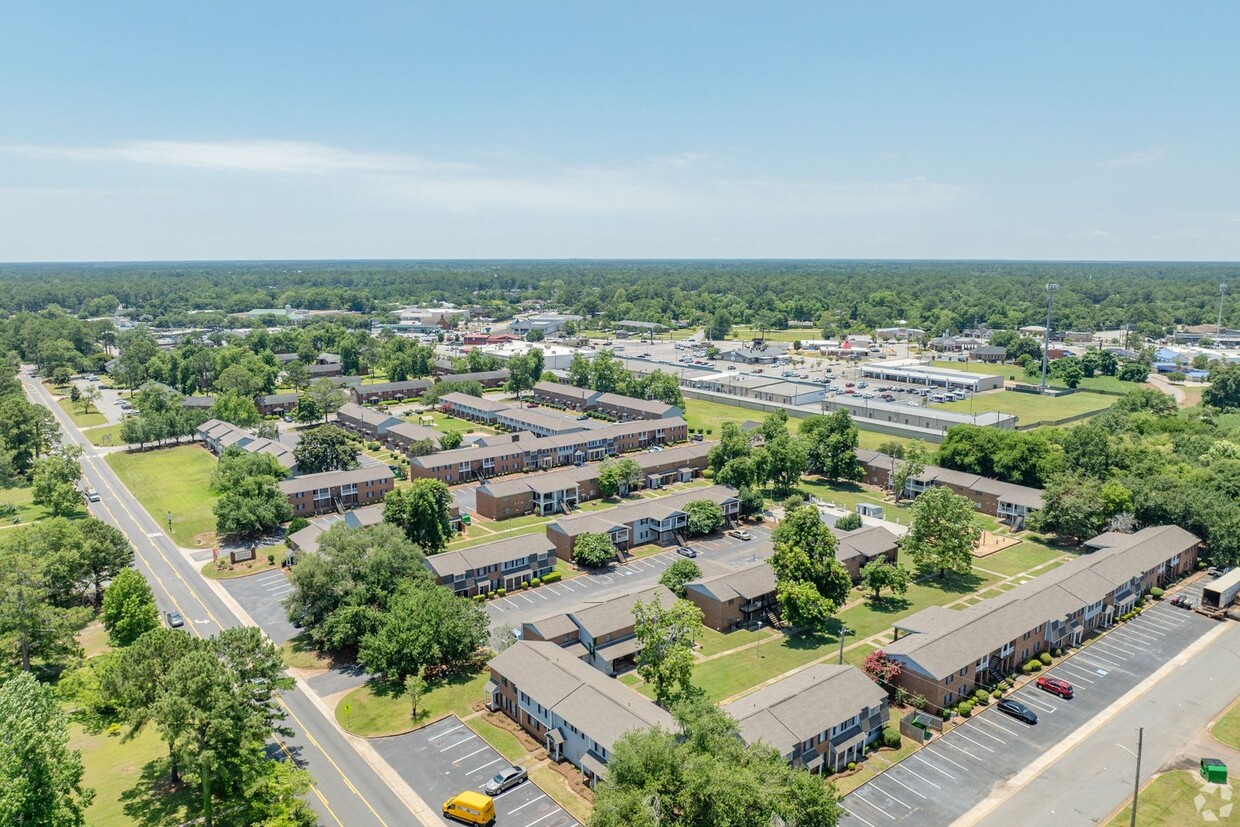Multifamily Investing: How Can You Do it in 2024 – Part 3 / How to Evaluate Multifamily Real Estate Markets
- The diversity and strength of the local economy
- Zoning codes and building restrictions
- Quality of life factors and the general cache of the city or market
- Prevailing cap rates in the market and trends in average cap rates
Multiple Investment Teams maintains a proprietary scoring model for evaluating sectors of commercial real estate, as well as specific markets. For the reasons stated above, Multiple real estate professionals feel that Multi family is among the most timely real estate asset classes (alongside certain other residential CRE strategies, like student housing and built to rent).
Because of the breadth of the multi family asset class (and the supply/demand imbalance that supports the multifamily investing thesis) proprietary model scores multi family markets on a number of factors:
These inputs are based on first-party and privileged third-party data sets. A highly weighted factor in evaluating multifamily markets is “market revenue per available square foot” or “MREVPAF.” This data is sourced through Green Street, a leading, non-biased provider of updated and in-depth real estate market data.
Multifamily Investing: The Bottom Line
Multifamily assets are a potential bedrock of a truly diversified portfolio. The asset class is a great entry point for individual, passive investors looking to get into commercial real estate. Historical data and current market trends both support the thesis. Let’s take a moment to recap the potential benefits of private-market multifamily investments:
- A blend of cash flow and upside
- The underlying asset is an irreplaceable, essential good. This contributes to the stability and potential downside protection of multifamily investing.
- May provide a hedge against inflation
- May offer tax benefits
If you are a self-directed investor looking to build a more diversified portfolio, multifamily investing may be a great next step.
FAQs about Multifamily Investing:
How do you analyze multifamily investment opportunities?
Analyzing multifamily investment opportunities can be complex. You should consider factors like the local market conditions, the condition of the property itself, and the potential for rental income. You should assess the average rental rate for the area, how many units are currently occupied, and whether there’s potential for rental increases. You should also consider any potential upcoming renovations or improvements that could add value to the property. It’s also important to keep track of the area’s vacancy rate and the potential for finding reliable tenants. Finally, you should consider the cost of any necessary repairs or renovations, as well as the potential for long-term capital appreciation.
Why is multifamily a good investment?
The unique characteristics of multifamily units, like the ability to produce multiple streams of rental income from one property, make it one of the most viable ways to hedge against inflation. Private portfolio additions can help balance your investments during times of economic downturns and high volatility in public markets. If you’re an accredited commercial investor who has access to initial investment capital, private multifamily investing might be the right fit for your portfolio.
What makes multifamily investing different from single-family investing?
Multifamily investing involves properties with multiple tenant units, offering the potential for higher income and diversification. It also requires different management and financing strategies compared to single-family properties.
What risks does multifamily investing entail?
For those considering investing in a multifamily property, both pros and cons exist. Some general risks include:
- Higher potential for tenant turnover, especially compared to other niche CRE classes like industrial real estate
- Potential disputes between tenant
- Unexpected repairs or renovations that could incur additional costs
Furthermore, rent control laws and other regulatory changes could affect the profitability of a property. The local economy and the state of the wider real estate market must also be considered when selecting a location for a multifamily property.
Alternatively, if you want to reduce these due diligence burdens, you might consider investing in multifamily properties through a curated marketplace
We live it and breath the industry – at SIMM Capital our strategy is to give everyone the chance to build wealth through real estate. We seek the best assets that hold the largest opportunities while delivering in rent growth year over year. We know the business. To see how we can help you with your Real Estate investments talk to an expert and click the link www.simminc.com





Recent comments